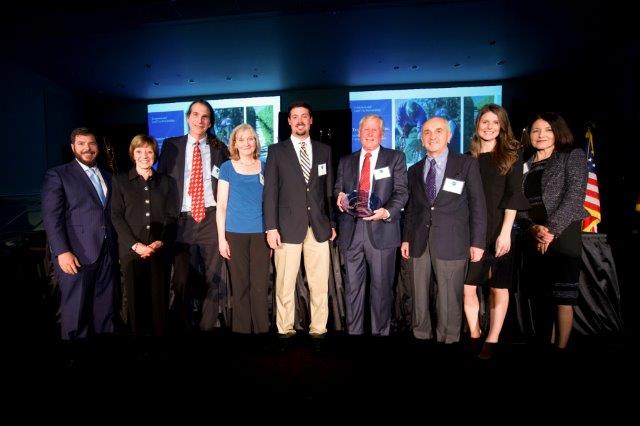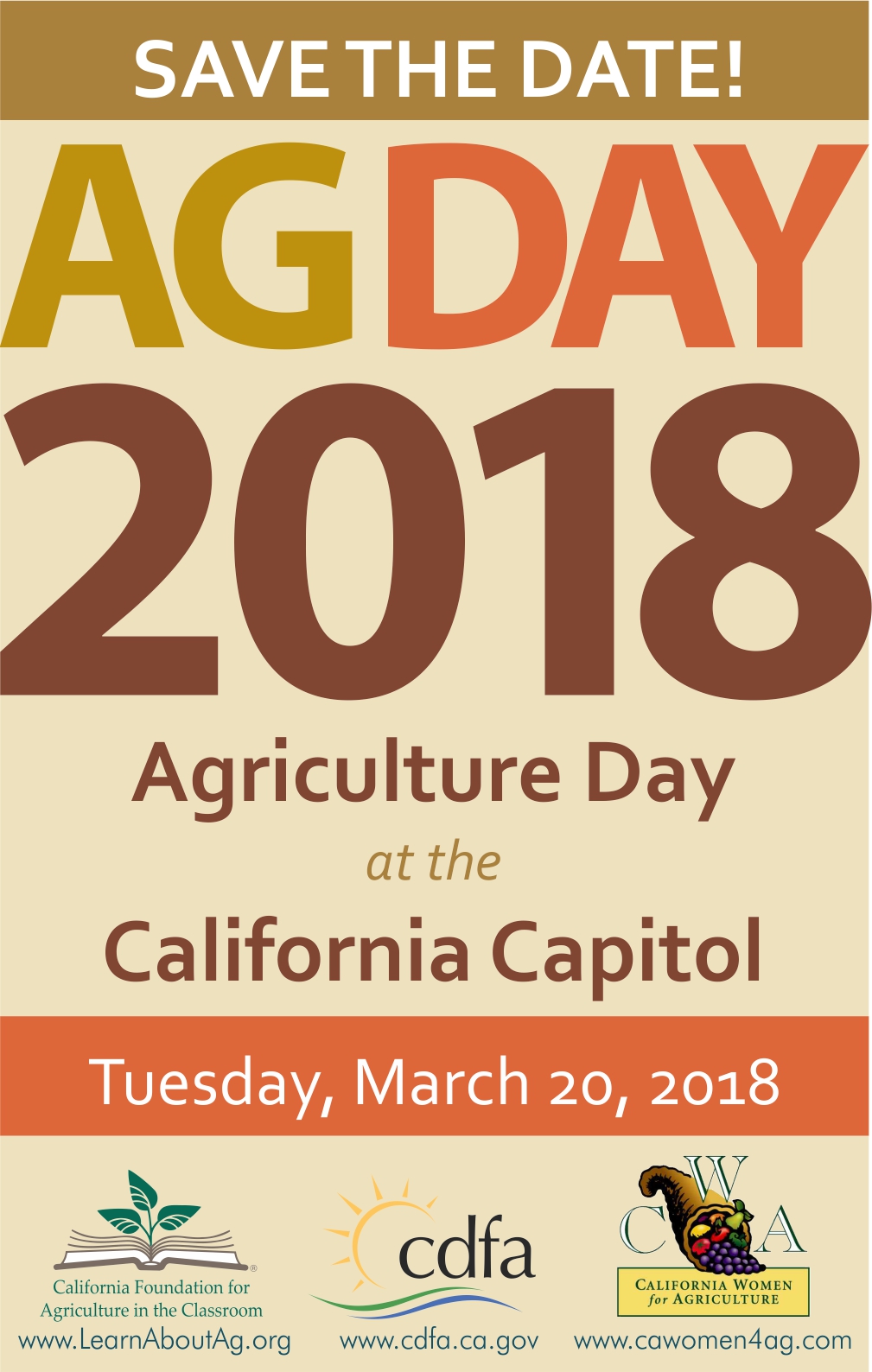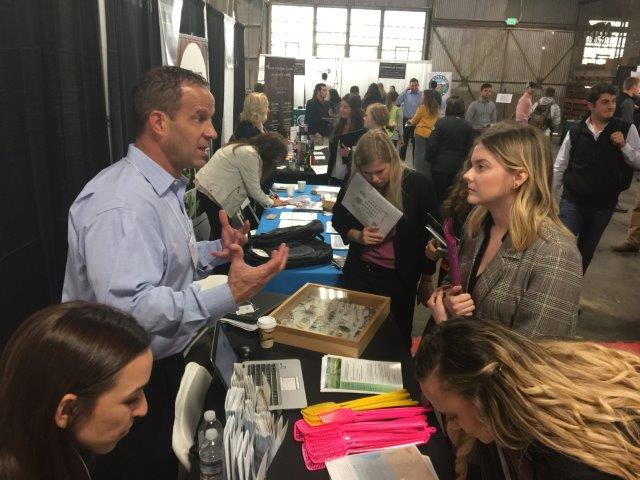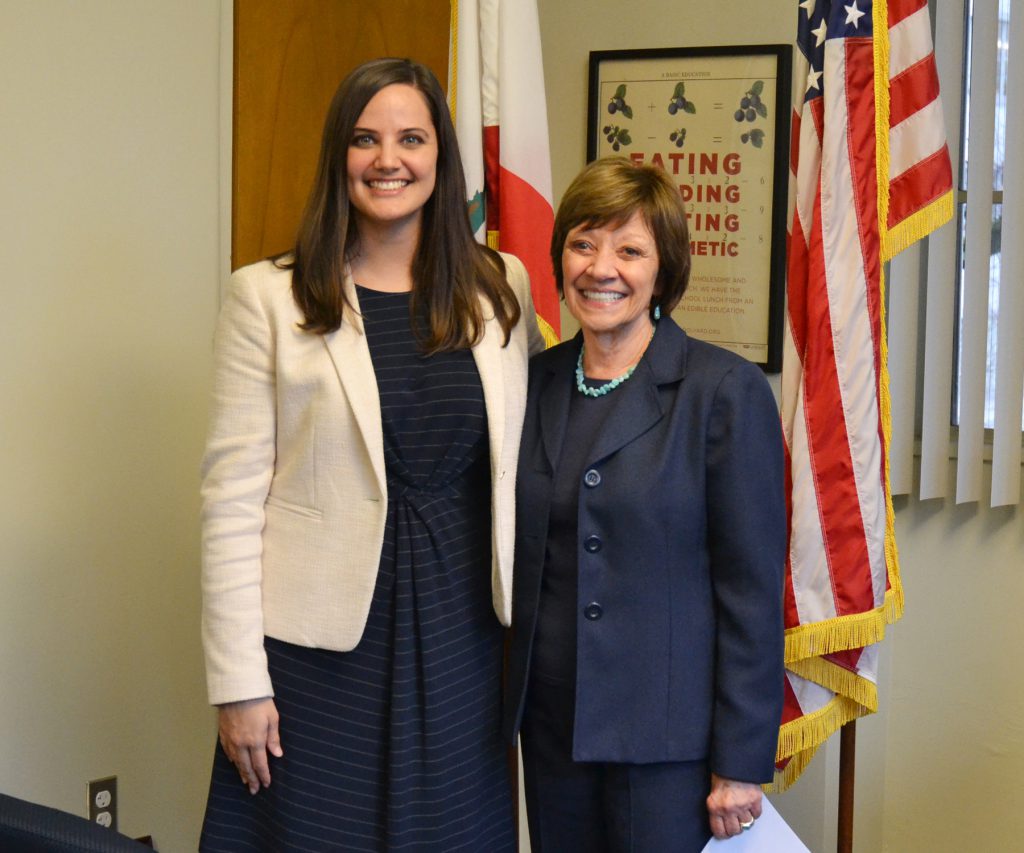
By Henry Fountain, Jugal K. Patel and Nadja Popovich
Earth’s long-term warming trend continued in 2017, government scientists reported Thursday, with average surface temperatures only slightly below the record heat of the previous year. But unlike 2016, last year’s warmth was not aided by El Niño, the Pacific weather pattern that is usually linked to record-setting heat.
NASA ranked 2017 as the second-warmest year, after 2016. Scientists at the National Oceanic and Atmospheric Administration, who use a different analytical method, ranked it third, behind 2016 and 2015. Though 2015 was not technically an El Niño year, the phenomenon contributed to heat records that year and in 2016.
By both analyses, 17 of the 18 warmest years since modern record keeping began in 1880 have occurred since 2001. Overall, fueled by emissions of carbon dioxide and other greenhouse gases, temperatures have increased more than 1 degree Celsius (1.8 degrees Fahrenheit) since the late 19th century.
In order to avoid the worst consequences of climate change, scientists say global temperatures must not increase more than 2 degrees Celsius.
“Individual ranking of years is not necessarily the most important thing,” Gavin A. Schmidt, director of the Goddard Institute for Space Studies, the NASA group that conducted the analysis, said in an interview. “What we’re seeing is an increasing string of years of temperatures more than 1 degree above the pre-industrial era. And we’re not going to go back.”
The warming trend continued as President Trump announced that the United States would withdraw from the 2015 Paris climate accord and repeal the Clean Power Plan, an Obama-era measure designed to reduce emissions from power plants.
But more than statements from politicians or data from scientists, events last year reminded the world that the climate is changing.
Temperatures in the Arctic, which is warming about twice as fast as other parts of the planet, soared again during parts of 2017, and the region continued to lose sea ice and permafrost.
Much of the eastern half of the United States had an abnormally warm February, an occurrence that scientists said was made more likely by climate change. Scientists found the fingerprints of warming in many other weather events as well, including a June heat wave that led to wildfires in southern Europe and extreme heat in Australia’s summer.
In other cases the links to climate change were not as conclusive, but a series of catastrophes – including widespread hurricane damage from Texas to the Caribbean and lethal wildfires in California – seemed to indicate that such disasters were part of a new normal.
Researchers had expected that 2017 would end a string of three consecutive years with record temperatures. That string was exacerbated by a strong El Niño that began in 2015 ended in the second half of 2016.
Normally, trade winds around the tropical Pacific blow from east to west, moving warmer water away from the South American coast and piling it up around Asia and Australia. In an El Niño those trade winds weaken or even reverse, allowing the typically colder parts of the ocean to warm. This extra heat at the ocean’s surface releases energy into the atmosphere, increasing global temperatures.
This is why, ordinarily, El Niño years tend to be the warmest years on record.
In a La Niña year, the oceanic pendulum tends to swing the other way, with the east-to-west trade winds becoming unusually strong, strengthening the process by which cold waters emerge from the ocean. That leads to cooler than normal ocean temperatures and, as a result, cooler atmospheric temperatures.
The world is now experiencing a weak La Niña, with ocean temperatures in the Pacific slightly below normal, said Anthony Barnston, chief forecaster with the International Research Institute for Climate and Society at Columbia University.
“That will probably hold back the average mean temperatures from breaking records again,” Dr. Barnston said.
The NOAA and NASA analyses use temperature measurements from weather stations on land and at sea. The analyses differ largely in how they treat the Arctic. In NASA’s method, the region has more of an influence on the overall average.
An analysis by a private independent group, Berkeley Earth, was similar to NASA’s. The Berkeley Earth researchers also ranked 2017 as the second-hottest year on record and ranked it as the warmest on record without an El Niño.
Zeke Hausfather, a researcher with the group, said that despite the weak La Niña, “It doesn’t seem like there’s any evidence things are cooling down.”
“My guess is that 2018 will be pretty similar to 2017,” he said.
Link to story
Link to CDFA Climate Smart Ag programs











